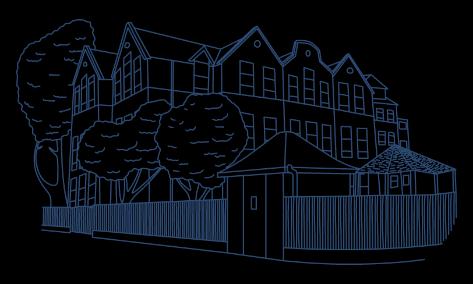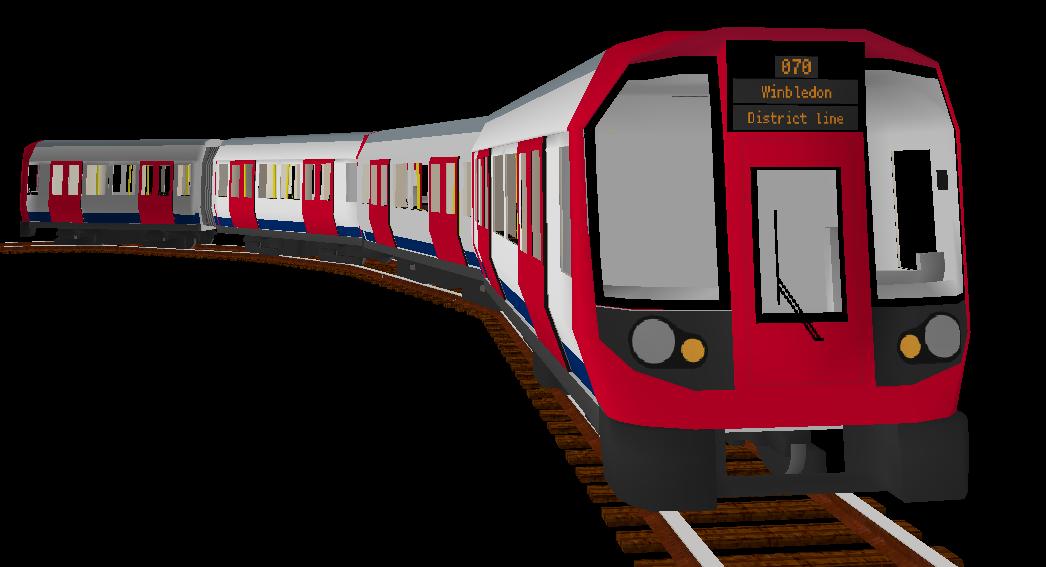Maths
Drama Science Trips
Creative Writing
Year 1 Southfield

Geography

Peace at Last
The Magic Bed
The Whale Song
Bi-Weekly Creative Writing
Half termly non-fiction writing (foundation topics)
Comprehension 4 weekly sessions
Daily Phonics sessions
1:1 weekly reading sessions
Daily read aloud sessions
Library visit weekly
Reading partners weekly
Match graphemes for all phonemes
Read accurately by blending sounds
Read words with very common suffixes
Read contractions and understand purpose Read phonics books aloud
Link reading to own experiences
Join in with predictable phrases
Discuss significance of title and events
Make simple predictions
Name letters of the alphabet
Spell very common ‘exception’ words
Spell days of the week
Use very common prefixes and suffixes
Form lower case letters correctly
Form capital letters and digits
Compose sentences orally before writing
Read own writing to peers or teachers
Leave spaces between words
Begin to use basic punctuation . ? !
Use capital letters for proper nouns
Use common plural and verb suffixes
Listen and respond appropriately
Ask relevant questions
Maintain attention and participate
Arithmetic 4 weekly sessions
Bi-weekly Maths Through Story sessions
Count to and across 100
Count backwards from 100
Represent numbers to 100 in different ways
Read and write numbers to 100 in numerals
Read and write numbers to 20 in words
Identify 1 more and 1 less
recognise and name common 2-D shapes. recognise and name common3-D shapes. describe a position. describe a direction.
understand lengths and heights measure and record length and height. understand mass and weight. measure and record mass and length. understand capacity and volume measure and record capacity and volume. understand time (for example, quicker and slower). tell the time (to the hour and half past). recognise days of the week. recognise months of the year. recognise values of money.
read, write math sentences involving addition (+), subtraction (−) and equals (=) signs. represent and use number bonds to 20
add and subtract one-digit and two-digit numbers to 20. solve one-step problems that involve addition and subtraction
count in multiples of 2s, 5s and 10s. solve one-step problems involving multiplication and division.
recognise, find and name a half. recognise, find and name a quarter
Discovering History
Kings, Queens and Leaders
Parliament and Prime Ministers
Spatial sense
The UK
Seven Continents
Stone Age Boy
Great Leaders History Day – Kings, Queens and Leaders
Kings, Queens and Leaders History Exhibition
Queen Elizabeth workshop
Me on the Map
Katie in London
Geography Week
Orienteering
Forest School
Wildlife Area
Colour
Line
Architecture
Style in Art/Narrative Art
Paintings of Children
Sculpture
All the above cover the aims set out in the Key Stage 1 Art curriculum.
What do Christians believe about God?
What can we learn from Creation stories?
What is Islam?
Why is prayer important for many people?
What does it mean to be a member of the Jewish community?
What role do festivals and holy days play in the life of faith?
These three dimensions of religion – believing, behaving and belonging
The Human Body – parts of the body and senses
Animals and their needs
Seasons and weather
Taking care of the Earth
Plants
Materials and magnets
I Hear a Pickle
The Pet
Tree: Seasons Come, Seasons Go
The Building Boy
Trips – Science Museum, Kew Gardens, Natural History Museum
Science Week
Forest School
Wildlife Area
Being in my world – who I am and how do I fit in?
Celebrating differences – respect for similarity or difference. Antibullying and being unique
Dreams and goals – aspirations and how to achieve goal and understanding the emotions that go with this
Healthy me – being and keeping safe and healthy
Relationships – building positive, healthy relationships
Changing me – coping positively with change
The Art of Degas The work of Gomley and Hepworth William Hogarth
Bruegel the Elder Vincent Van Gogh Miro – line drawing Roman
Monuments Architecture of London St George and the Dragon
Creation Stories
Judaism and Me
What is Islam?
Trip – National Gallery/Portrait Gallery
Art Exhibition
Trip – visit a local place of worship
These areas encompass our Southfield TRUE values and British Values of democracy, rule of law, individual liberty, mutual respect and tolerance of those of different faiths and beliefs
Games
Dance
Gymnastics
Athletics
Starting Out With Music
In The Autumn (Pitch and Pulse)
Exploring Pulse and Rhythm
Exploring Pitch
Animals
Holiday Time (World Music)
Children will know:
Singing in thinking voice
Single notes on the Glockenspiel on the pulse
Solo singing
Experiencing music and musical concepts through movement e.g. pulse
Improvising singular words and actions
Language to describe changes and differences in dynamics and pitch - louder, quieter, higher, lower World Music - Australia, Polynesia, Scotland, India, New Zealand
Mechanisms – Sliders and levers
Structures - Freestanding structures
Food Preparing - fruit and vegetables
Textiles - Templates and joining techniques
Mechanisms Wheels and axles
These projects are taught in a two year cycle with Year 2 and based on the six essentials of good practice in D&T:
1. User
2. Purpose
3. Functionality
4. Design decisions
5. Innovation
6. Authenticity Links will be made to other topics studied in our curriculum where applicable
Online Safety:
We are Year 1 rule writers
We are kind and thoughtful
We are responsible internet and device users
We are information protectors
We are good digital citizens
We are responsible gamers
Switched On:
We are treasure hunters
We are TV chefs
We are digital artists
We are publishers
We are rhythmic
We are detectives
Children will:
Be familiar with a range of puppets and puppeteering techniques
Understand the way in which a story may be devised and shaped from scratch
Be able to work in small groups and as a class to develop a storyline idea
Be able to work together in pairs on a design-and-make project
Be able to work together in pairs to effectively puppeteer and bring to life the puppets they have made
Be able confidently to use dramatic techniques such as thought tapping and tableaux to explore storylines and characters’ points of view
Be able to deliver an informal puppet performance.
.

